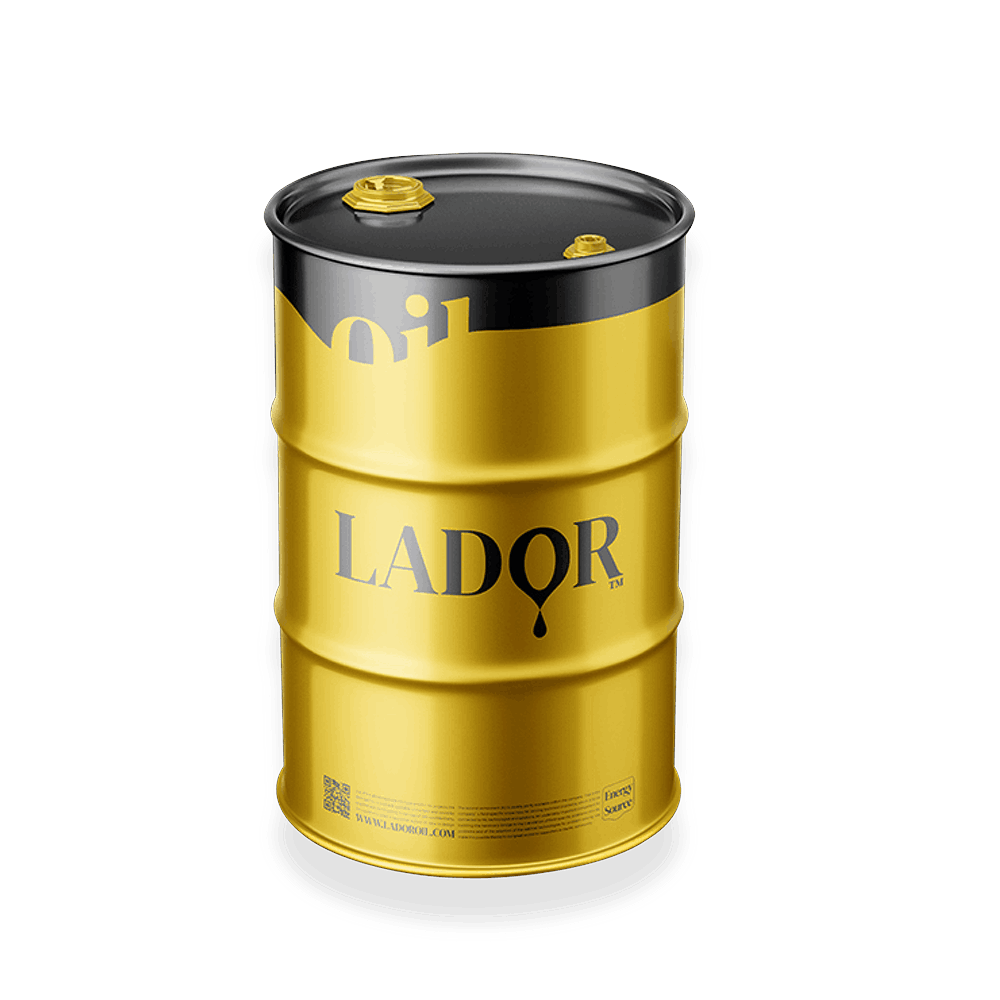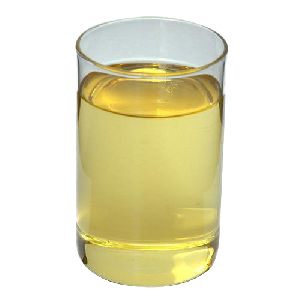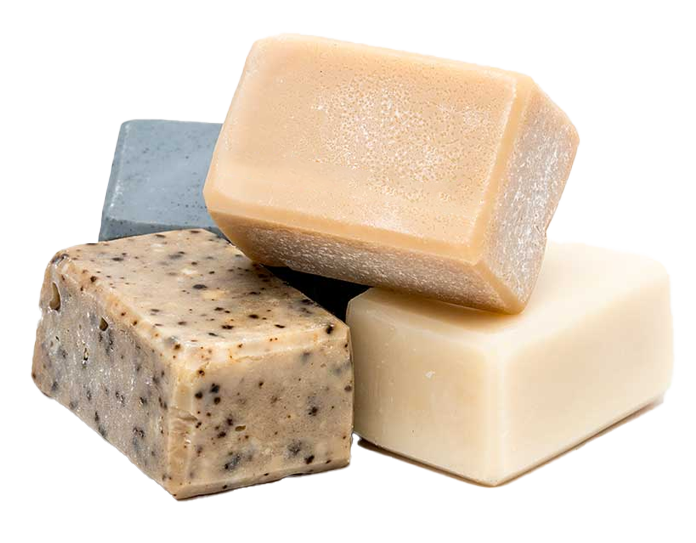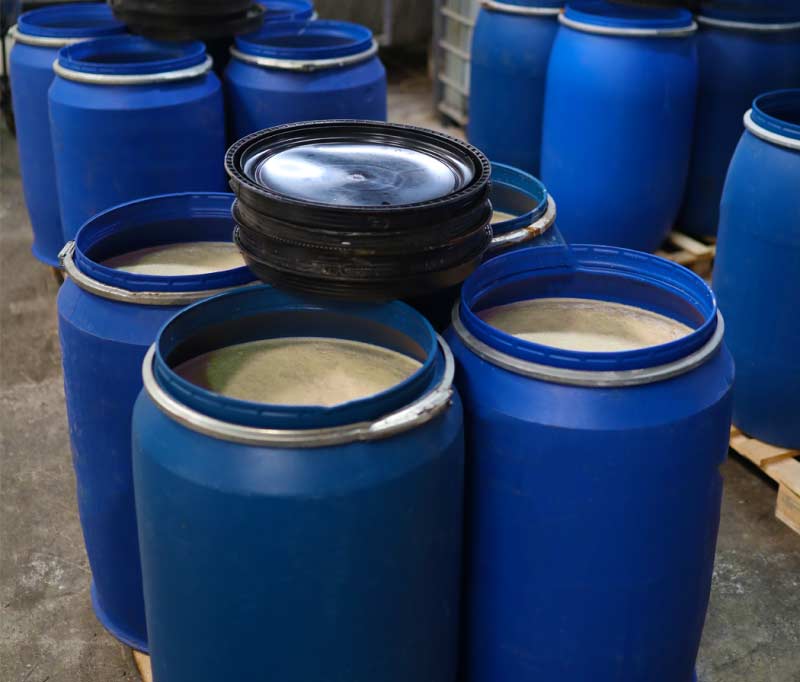
Tallow Oil
Lador Fat


Tallow oil is a type of fat produced from livestock or poultry, the main ingredients of which are triglycerides. Tallow oil that is used in the market is a combination of cow and sheep fat, in special cases some poultry fat is also added to it. Tallow oil is not a new product, it was produced and sold under the name of pi fat in the old days.
This fat has many uses in the past, including the production of soaps known as pitch soap.
In the preparation of tallow oil in Iran, the fat inside the animal’s stomach cavity, which is located around the heart, stomach, liver, kidney and back of the animal, is used. This item includes all livestock except pigs. Talo oil is milky white in color and its melting point is high, so it is solid under normal conditions. In terms of energy and the amount of calories, it is 115 because it has a fat environment, it is very effective for absorbing the ultimate fat-soluble vitamins.
Tallow oil has two main types of fatty acids, palmitic and stearic, and a large amount of calcium. With the change in the type of fatty acids, it is used for the cosmetics and health industries, the production of grease and lubricants, but in general, its main use is for the preparation of soap, to which sodium hydroxide, water and essential oil are added in addition to tallow. Another use is to make candles.

This acid is used in various fields and oleo-chemical industries. Such as: preparation of soaps, cosmetics, detergents, metal soaps, esters, oilfield chemicals, alkyd resins, industrial and institutional cleaners, ore flotation, construction chemicals, personal care, metalworking fluids, chemicals Textiles, buffer compounds and rubber chemicals.

Talo fatty acid is obtained from the hydrolysis of beef tallow or fat of other animals. The fatty acid may or may not be hydrogenated before the distillation process. Then the final step, the distillation process, takes place and the substance is separated.
Of course, it should be noted that in the industry, tallow is not defined as beef or mutton fat, and it must have certain characteristics. Tallow is actually animal fat that meets certain technical criteria such as its melting point. Commercial tallow consists of fat derived from other animals such as pig fat or prepared from vegetable sources.


Tallow fatty acids are a mixture of saturated (such as myristic, palmitic and stearic) and unsaturated (such as palmitoleic, oleic and linoleic) fatty acids.
Such acids can be preserved It produced the same distribution of tallow fatty acids, or before distillation with partial hydrogenation, which increases the stability of the product. For total hydrogenation before distillation, animal stearic acid is obtained.
In fact, tallow acids are solids at room temperature and have a yellowish-white color, although the color depends on the type of process. Its freezing point is between 42 °C (hydrogen-free product), between 45 and 55 °C, in case of partial hydrogenation, and between 57 and 60 °C in complete hydrogenation (steric).
Tallow fatty acids are solid at room temperature and have a white and yellowish color. Of course, the final color of tallow oil depends on the type of process. The freezing point of tallow fatty acid can be variable, which is given below: